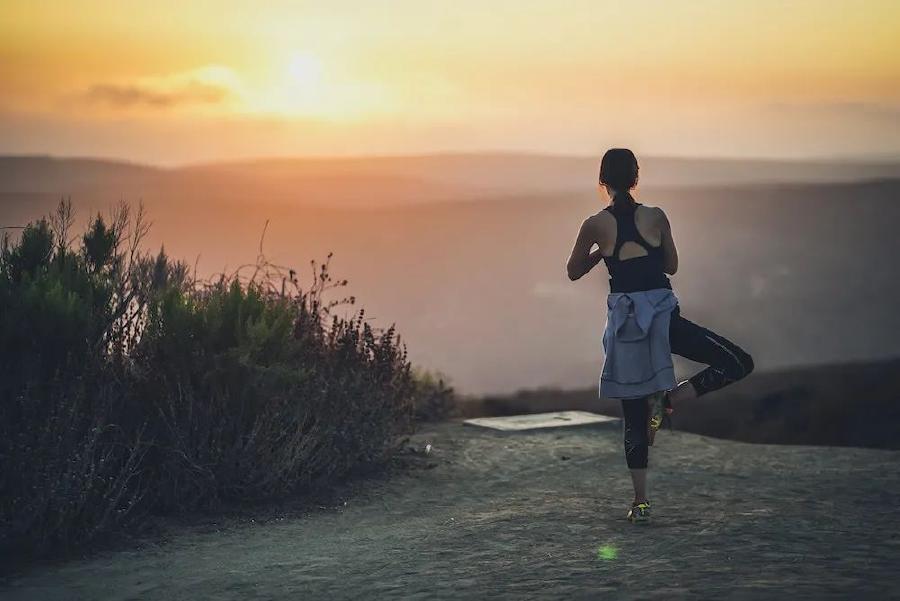Full text word count | 1065 words Recommended reading time | 3 minutes.

For marathon runner Rebecca Pacheco, yoga and running are inseparable. “I started running at the age of fourteen and started practicing yoga at the age of sixteen, so both are indispensable to me,” she said..
This long-standing sport has many benefits for runners both physically and mentally, from improving flexibility, range of motion, and muscle strength, to making the mind more focused and less stressed, and so on. Yoga is a perfect way for runners to recover, as it can eliminate the soreness and tension of tired muscles, resulting in a better state for the next run..
The following is a set of yoga exercises recommended by Pacheco, especially for runners who want to improve their grades and prevent injuries. It is recommended to practice them after running or on a rest day..
Action points: Starting from the downward dog position, extend the right foot forward to the middle of both hands. Lower the left knee, maintain the position of the right knee, and move the left knee back. Place your left foot on the back of the ground and raise your body. Swing your arms out and converge above your head. Lower the coccyx and look up at the sky. Take ten deep breaths, relax, then switch legs and repeat..
Helping prevent plantar fasciitis by stretching the tibia and arch of the foot.
Action points: Kneel on both knees and bend the toes to support the soles of the feet. Sit back on your heel (you can place a pillow between your heel and buttocks). Take ten deep breaths. Then straighten your toes, place your hands on the yoga mat behind you, lean back, and try to lift your knees off the ground. If the knee cannot be raised very high, don’t worry, you can still feel the tension on the tibia and arch of the foot..
Action points: Lie flat and straighten your legs. Bend your right knee and wrap an elastic rope (or dog rope, towel) around the arch of your right foot, holding both ends of the strap with your right hand. Try to straighten your right knee. As your leg muscles relax, try pulling back again, but don’t strain yourself. It feels like there should be sufficient stretching on the back of the thighs. Keep moving, take ten deep breaths, then switch legs and repeat..
Action points: Lie flat, bend both knees, open the thighs parallel, and be the same width as the hips. Cross the left ankle over the right thigh. Pass your left hand through the gap between your thighs, and wrap your right hand around the outside of your right thigh. Bring your hands together under your right knee and stretch your left foot. If the head is off the ground, place a pillow underneath. Take ten deep breaths and then switch legs..
Key points of action: Starting from the back tilt of the cow head posture, lower your legs and twist them to the right, keeping your legs entangled at this moment. Extend your arms to both sides. Turn your head left, relax, take ten deep breaths, then switch sides and continue..
Increase the range of motion of the buttocks, relax the tense buttocks and leg muscles.
Action points: Lie flat, cross your knees, and extend your feet to both sides. Hold the left foot with your right hand and the right foot with your left hand. Or if you want to feel more comfortable, hold onto your shin bone. Stretch your heel towards your body, then stretch outward and slightly lift it up. Take ten deep breaths, then switch legs and repeat the action..
Eliminate tension in both feet, legs, and back, stretch leg muscles and hips.
Action points: Lie flat against the wall, and try to get your hips as close to the wall as possible while feeling comfortable. Lift your legs along the wall and lie back with your upper body. Stay in this position for ten deep breaths, or until ten minutes. Some people may even fall asleep – sleep is the most basic recovery action..

